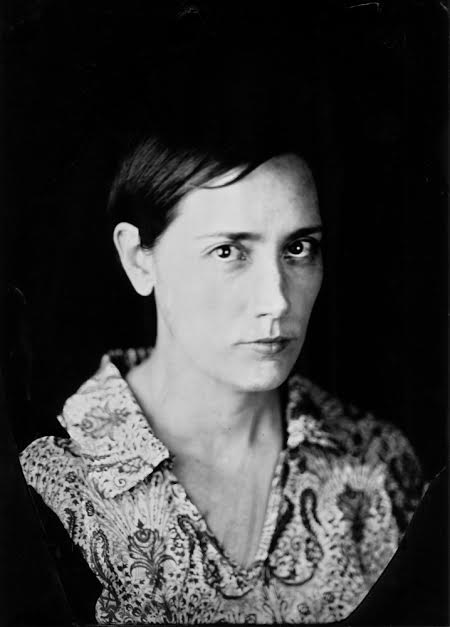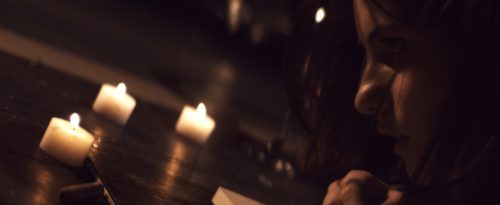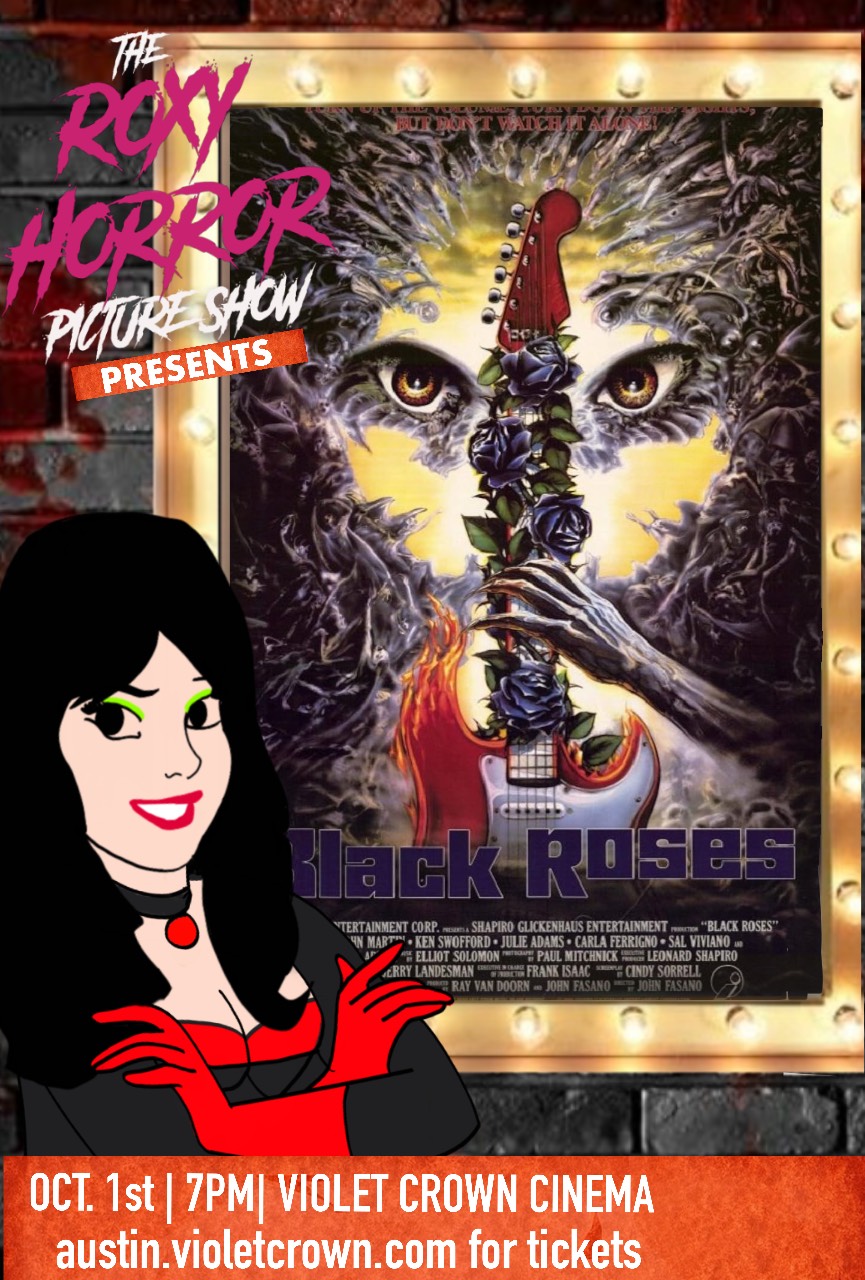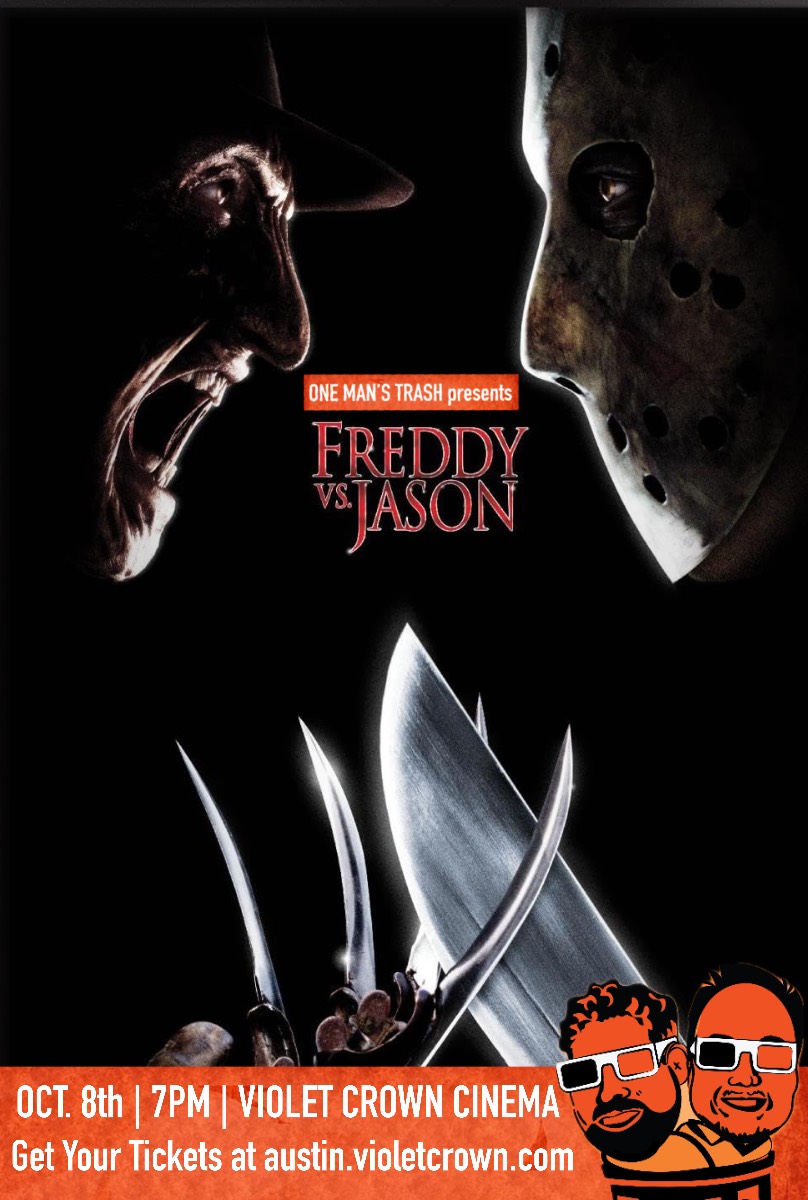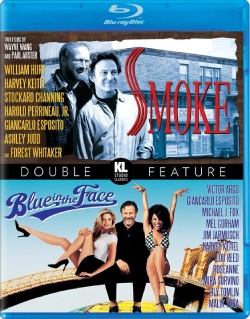Horror, thriller, and drama? This combination is not very common, but it was used for Briony Kidd’s The Room at the Top of the Stairs. The short film has been recently added to the horror-themed online streaming service, Shudder. It is about a young woman named “Girl” who just moved into a gothic style house with some other tenants. She tries to assimilate to her new environment but feels as though she is in the shadow of the previous infamous tenant. The movie is a little over fifteen minutes long but is able to apply the elements of the aforementioned genres to create an interesting and poignant piece. I was able to interview its creator Briony Kidd and go in depth about the film. We were also able to discuss her role in the Stranger With My Face film festival that’s held in Tasmania, Australia.
London (L): Where did you get the idea for the film and did you always picture the story as a short film?
Briony (B): The inspiration comes from my memories of moving out of my home to go to the university. My new housemates were slightly older art students who seemed really bohemian to me. So I had this sense of not quite fitting in, and even more so when they kept talking about a more interesting girl who had lived in my room before I got there. It was like coming in on a conversation that had already started. Years later it occurred to me there were similarities between that feeling, that insecurity and mild paranoia, and how the heroine of Daphne du Maurier’s Rebecca felt. So The Room at the Top of the Stairs is a mix of those two ideas. It has to be short because it’s a single idea, almost like a joke.
L: There was an interesting technique in the movie that would combine the foley with the score. How did you come up with that technique?
B: The music was created separately by Heath Brown and then Erin McKimm and Andrew McGrath created soundscapes that complemented that, and then pulled it all together. They’re all just really good at what they do. But yes, you’re right, there are moments when the foley (or sometimes it’s actually the sync sound) is manipulated to contribute to an overall effect. For instance, when she’s drinking wine and getting carried away thinking about the mysterious other girl, we wanted it to feel ‘trippy’ because that’s her psychological state. So things like the sound of her drawing or of her glass being put down are heightened.
I think if you’re a filmmaker who’s at all interested in non-naturalistic storytelling it can be difficult to tell where the music ends and sound design begins. Even when you’re editing the picture and not worrying about sound too much you’ll find that you’re creating a kind of rough aesthetic…rhythms and accents and so on. So in a sense, it’s all part of the same thing but is gradually refined and new layers are added.
 L: The performances were very naturalistic, especially from the lead Fiannah de Rue. What was the casting process like? Were there any special techniques that you utilized to get those performances?
L: The performances were very naturalistic, especially from the lead Fiannah de Rue. What was the casting process like? Were there any special techniques that you utilized to get those performances?
B: We conducted open auditions for this. Even though there’s quite a lot of theatre going on in Tasmania there weren’t many young actors with experience in film at that time, so we had to be careful about that. I certainly don’t think a theatre actor can’t do film but they have to understand how to take very specific direction, it’s different.
One important aspect was making sure that the actors playing the groups of friends spent a fair bit of time together to develop the necessary rapport, so that they could be believable as a group of friends.
Fiannah was the obvious choice for the lead as soon as I saw her because even though she was only 17 and could certainly be convincingly naive and shy, she had a gravitas to her and a charisma on screen.
L: The film feels like an amalgamation of various genres. It utilizes horror and thriller techniques to tell a very intimate drama. Is this a style that you will continue to do or will you try sticking to a specific genre in the future?
I don’t think I’ll ever make a completely straight genre piece that’s 100 per cent horror or 100 per cent thriller, because to me the most interesting stuff is always pushing boundaries and stretching definitions. You’ve got to bring something new to the table. But this one was truly an experiment, and probably a one-off.
B: On that note, would you at some point like to branch out to different genres like sci-fi or fantasy?
I’d love to do sci-fi. I have a few space horror ideas I’d like to do, in particular. There’s not enough space horror. Also, the feature film I’m working on right now is a post-apocalyptic ‘psychobiddy’ thriller. Yes, another weird blend of influences!
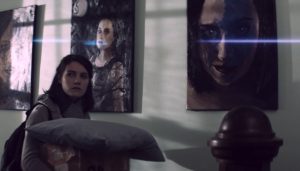 L: The house is a major component to the story and it has a real gothic style that lends to a truly eerie atmosphere. How did you find it?
L: The house is a major component to the story and it has a real gothic style that lends to a truly eerie atmosphere. How did you find it?
The house is a big old place in West Hobart that used to be a home for juvenile delinquents. I’m not sure if it was actually built for that purpose but there was this odd institutionalised feel to it – the rooms and hallways were bigger than typical, for example – and there was graffiti on some walls. I don’t imagine the kids had a great time there. There was even a sort of wooden slide all the way down the back of the house which was an old-fashioned fire escape (it didn’t fit the story, unfortunately). The place was empty at the time because a family had bought it but hadn’t started renovating it yet. So the production designer (Sean Meilak) and the art director (my sister Madeline Kidd) brought in all these drawings and artworks and bits and pieces to make the place feel lived in. It was a big job.
L: I thought the credits was very interesting because it revealed that the protagonist was named “Girl” while the other main characters had proper names. Why did you decide to make this choice?
B: This is a little tribute to Rebecca, in which the protagonist doesn’t have a name. Hopefully, a few du Maurier nerds caught it.
L: The credits also mention your mentor Jennifer Kent. How did you two meet and how did this relationship develop?
B: This was very straight-forward, in that the short was funded by Screen Tasmania and they assigned her to be my mentor for the project! This was well before The Babadook but her short was similarly full of gothic style and atmosphere so it was a good match, in terms of what I wanted to do. Jennifer had lots of good advice but I most appreciated her input about working with actors, in terms of how to create a believable world through the rehearsal process. Nowadays the big inspiration I get from her is seeing how she stuck to her guns with The Babadook and followed through on her vision. That couldn’t have been easy because I’m sure a lot of people didn’t understand what she was trying to do at all. But it paid off in the end.
L: I would like to discuss the Stranger With My Face international film festival. Would you mind describing the festival and your role?
B: Stranger With My Face International Film Festival began in 2012 when myself and a friend (Rebecca Thomson, also a filmmaker) decided we wanted to have a screening of short horror films by women for Women in Horror Month. We’d both found that community really energising to be part of for our own work, so we wanted to contribute somehow. At that stage the Viscera Film Festival (based in Los Angeles) allowed anyone to curate a screening of shorts from their archive so I was just going to do that. But once I started programming I found there were other films I wanted to include as well, and it snowballed from there.
The festival now has a symposium, a 48-hour film making comp, a screenwriting comp, workshops, art exhibitions and there’s even a program called The Attic Lab which mentors directors and then they pitch new projects to industry. It’s very much about celebrating and supporting the work of women in horror (and related areas of dark storytelling) because the default position is that most horror fests will have majority male stories and male directors. We are reversing that.
Things have improved a bit in the last few years but nowhere near the point where a festival like Stranger With My Face is unnecessary. Perhaps it will be one day but I don’t see that happening any time soon given the state of global politics right now, and the fact that the rate of women directing feature films is still only between 16 and 18 per cent in Australia and the US.
This year’s festival is in May and submissions are now open. I encourage anyone who’s going to be in Australia at that time to come down to Tasmania and be part of it. It’s a fun, intense four days of culture and you’ll meet lots of fantastic people.
L: Thank you again for taking the time to partake in this interview.

